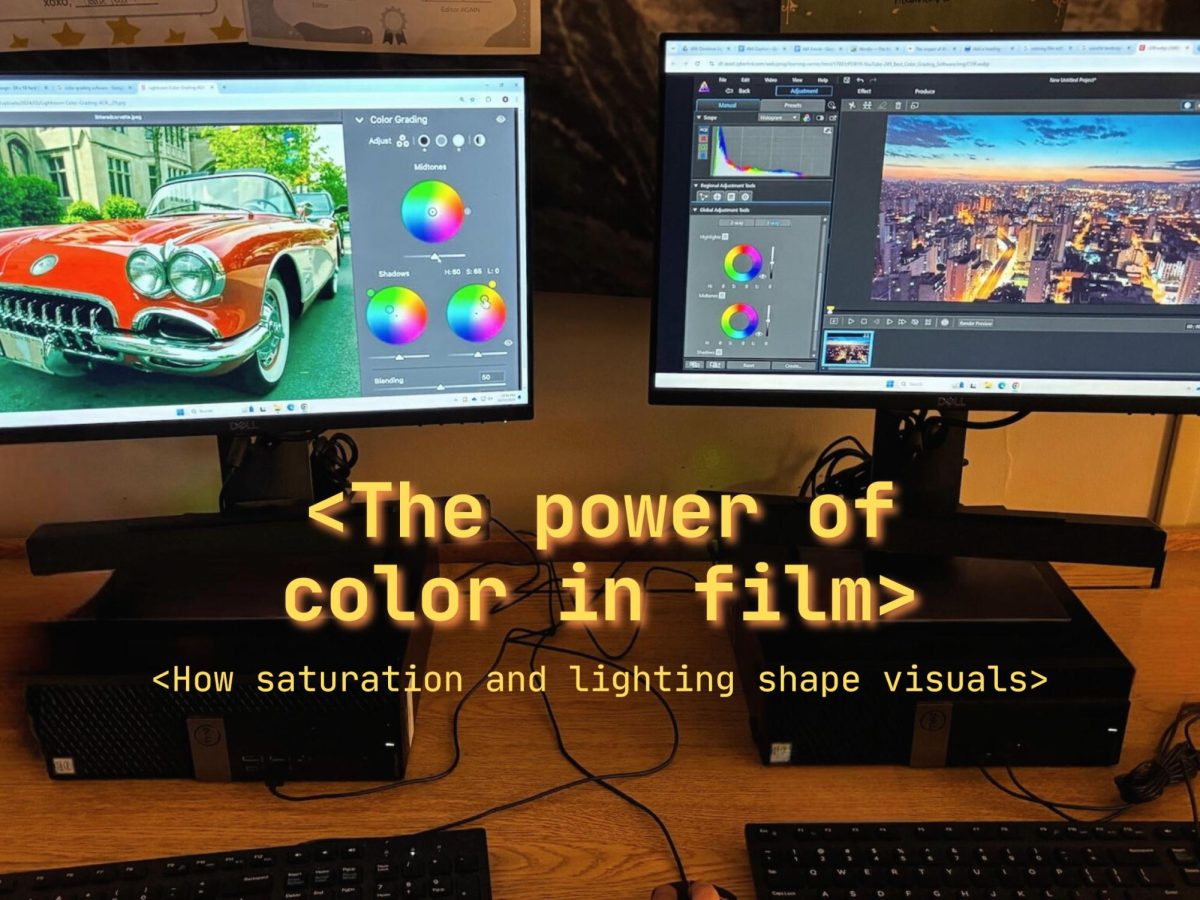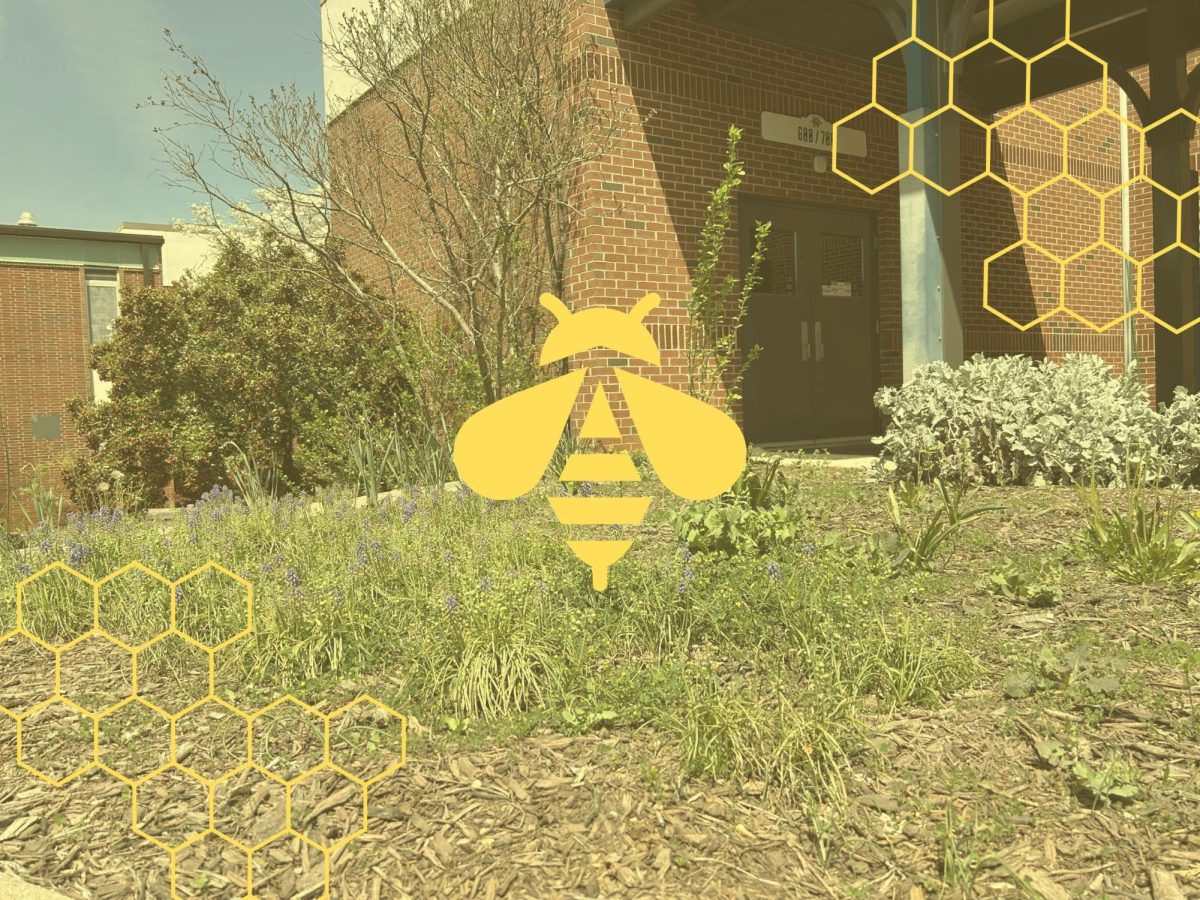Beginning in the early 2000s, social media platforms quickly dominated means of communication, social networking and advertising. With the rapid growth of social media for personal and work-related connections, news reporting and consumption increased its presence online, and the world saw a transition from hand-held newspapers to websites and internet accounts. While rapidly advancing the speed of news transfer, online news reporting introduces falsity and fiction into journalism. Whether reporting on politics, national threats or third-world problems, countless journalists and news hubs turn to the face of the World Wide Web for publication.
“When I was younger, local newspapers were the only place we would get print news. Sometimes we would pick up a local tribune for local happenings, especially if we were traveling. I also remember having to pick up a booklet at the post office if we wanted to see local houses for sale or real estate. Also, there were only four channels on the TV you could choose from and it went off late at night. Now, it’s false news. There are so many avenues that aren’t accredited. I haven’t watched live TV in about a year. I don’t believe it’s news, it’s just people’s point of view. I am definitely using my iPhone now to get the news,” Kennesaw resident Tony Stewart said.
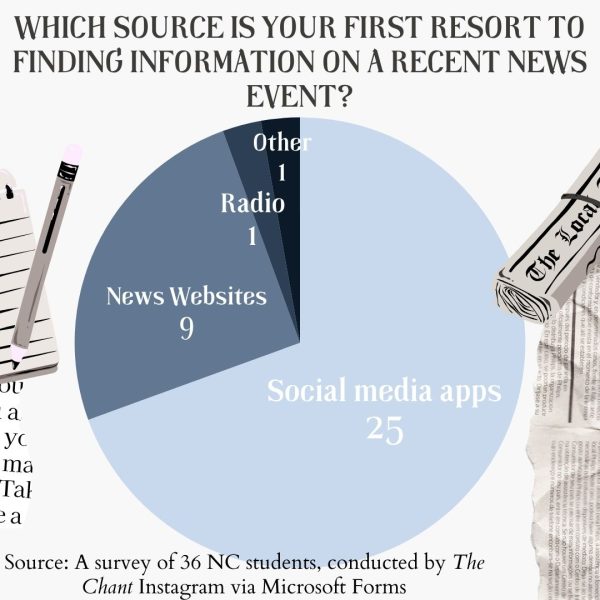
Prominent social media apps such as TikTok and Instagram attract a younger audience: Generation Z. Because improved technology became ubiquitous as the new generation grew up, it holds a prominent value in their day-to-day lives. A simple like on social media becomes as powerful as a heartfelt compliment, leading several adolescents to hold their social media presence in high regard. In conjunction with the importance of social media and digital footprint to Generation Z, a majority of news and information gathered by this group comes from their activity online. Depending on which apps people participate in, they receive different information sources.
“‘Technology’ would seem to include computers, the internet, and social media, so I would say that it has been a boon to journalism, much the same way these technologies have benefited society. Technology has expanded the audience for many newsrooms, and the advances in audio and video recording technology have opened the door for many people who might not have access to the top-of-the-line equipment you find in a National news studio] to compete and freelance their stories around the world,” Assistant Professor of Journalism at Toronto Metropolitan University, Angela Misri said.
As TikTok paved its way into the hearts of several online users, other apps such as Instagram and YouTube followed the short video format. Introducing Instagram reels and YouTube shorts, 30-second to three-minute videos dominated the formats of entertainment and news delivery. Lowering watchers’ attention spans, these short clips commonly lead to endless scrolling, The video content regarding journalism frequently only tells part of a larger story. High gullibility, using untrustworthy news sites that receive only a portion of credible information can lead to rumors and clickbait. Unfortunately, various publications use gullibility to their advantage to gain hits on their website or to spread false information.
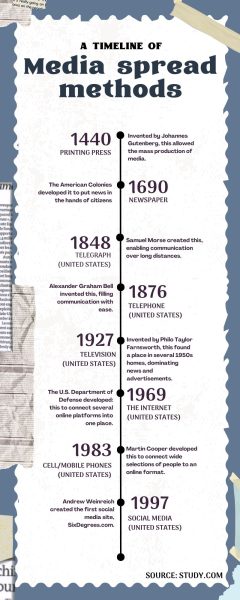
“I think news accounts on social media are beneficial in terms of ‘pushing’ news to the audience, but I also think the audience can get lazy about seeking news because they have social media. Social media is not a news source; the news lies with the reporters and journalists who are producing the news, so don’t get lazy about being fed the news – make the effort to educate yourself and seek out the news,” Misri said.
Because social media apps remain highly accessible to all ages and platforms, people tend to resort to apps for information on news stories, which comes with ups and downs. While the videos may prove as quick and easy sources of information, one cannot always trust them. Mistrust made its way into journalism when major news reporting surfaced online. Because commenting and publishing online stands as accessible to anyone, actual trustworthy sources become latent. To prevent situations where one feels uneasy about the news they ingest, in-depth exploration of a source and its sources can uncover the truth. After compiling a plethora of information sources, the researcher can grasp a better understanding of the situation.
“I don’t think news sources online are reliable because of how fast the world can change from one social media platform to another. I feel like the more attention that the media gives something, the more it becomes a thing that people have to pay attention to. But it’s kind of good in situations like the Gaza situation because it can improve conditions and put into light important situations,” NC junior JP Garcia said.
When news reporting comes down to less serious events and hooks onto popular fads and trends, countless people resort to social media to formulate their opinions. This does come with its downsides, however. Commonly in the media, influencers will receive a paid product promotion to praise an item so others will buy it. Since the internet offers a wide variety of people including diverse skin types, hair types, heights, weights and similar attributes, people can look for those who look like them in an online format but can face deception because of specific sponsored videos and advertisements. This follows the idea of unreliable news and influencing, so one should always look deeper into his or her purchases and news sources.
In the physical workforce, a section of jobs has turned from intervening in events and reporting them to the use of cameras for photojournalism. With an overwhelming presence of images in online news reports, observations conveyed through photos have managed to find their home on social media platforms. Because the transfer of a picture becomes so easily available to the masses online, photojournalism fills the demand for visual content along with the process of making the photos engaging to a wide array of people. Similarly, the rise of technology in assets such as drones and higher-powered cameras allows photojournalism to make a greater impact.
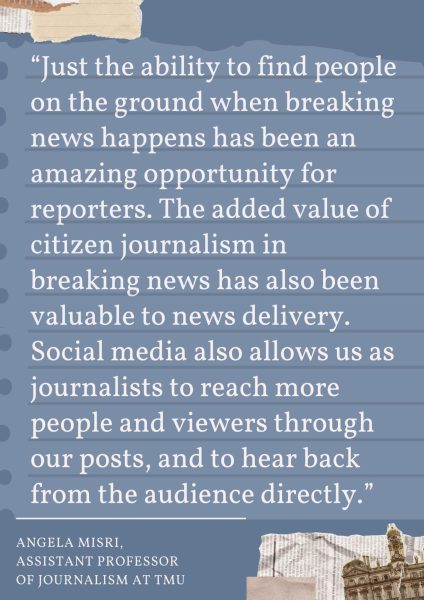
With a considerable audience online, public figures including both politicians and celebrities have made their way online to reach a wider array of audiences, including younger generations. As these prominent figures direct their intended audiences and prey on juveniles, messages become easily spread and support rallies for diverse causes. These political icons and celebrities tend to gain media attraction because of their fame, bringing additional attention to a specific issue or cause. Contributing to online causes such as petitions, the impact made by these supporters becomes statistically significant.
A downside of the transfer to online news reporting includes numerous news topics that can easily become twisted and manipulated, then blown up and spread to countless sites on the internet. Because the spread of media occurs at such fast speeds, time and work toward information corrections becomes limited. This means that faux news can dominate over correct information strictly due to attention and clickbait.
“I think the original reporter or journalist could be reliable, but in the sea of content that labels itself ‘news,’ it is hard to tell what is reliable. I always advise people to seek the information from the original source — even if they ‘discover’ it on social media. Everyone is responsible for thinking critically about anything you are reading, viewing or listening to and doing your best to ascertain for yourself if it is true, especially before you go reposting it. Be your own fact-checker,” Misri said.
This comes hand-in-hand with the use of memes and trends regarding serious or important topics. As the trends and pictures spread, so does the topic of interest, creating both a viral online activity and conversation on the desired idea. For example, throughout 2022, movie stars Johnny Depp and Amber Heard experienced weeks of testimonies in an intense court case. With accusations of abuse by Heard and the implications of other heavy topics onto the beloved stars, memes and clips of the trials became viral on social media. These online snippets caused the trials to gain traction and blow up online, although the conversation involved solemn matters. While occasionally, with serious topics, memes seem to become an inappropriate response, a majority of people tend to lean toward picture and video media compared to longer articles composed of words. This plays into the creation of articles online, as how writers and reporters learn what their audiences want in order to write successful articles that include forms of media to split up the text.
However, the use of social media for online journalism, unfortunately, allows designated journalists to fall behind false news reporters. Untrustworthy users can take advantage of news spread with clickbait and forged stories, overtaking actual, credible journalists with truthful news events to share. Because popularity online can fluctuate so rapidly, reporters’ reach changes easily. Because of the lack of purchases in physical newspapers and the turn to online means, the transfer of jobs follows. Reporters and editors end up in online positions to earn money and support themselves and their families. When fake journalists take over with false news means, it pushes back the actual occupations and jobs–reaching to means of hurting the workforce.
“I think the most important impact of technology is how fast you can get information across and uploaded, and how the information can be spread through even just a share from someone. I’ve seen the media dramatize everything to seem to get views and they just adapt it to grab people’s attention,” Garcia said.
Verified sources and companies on social media apps can also use their platforms to confirm and spread awards and event information and details. Popular fashion magazine Vogue maintains an Instagram account where media workers post blips of information. Similarly, music platform Spotify posts weekly chart statistics on Instagram, as the app itself does not openly advertise that information on the front pages. Additionally, popular events typically create online accounts to announce their updates, statistics and awards such as famous awards show the Grammys. By reaching users through various apps, companies can share different information depending on the platform and reach their desired demographic from app to app.
While access to online outlets expands, the control remains solely in the readers’ hands. Followers of online media can choose to further research topics of interest and look for credible sources and avoid media bias when searching for news. Although social media presents a simplistic way to gain a wide range of ideas, the inner workings of the field of journalism’s transition to the online world still include its faults. The reader withholds responsibility for what they believe on the internet. However, the major positive benefits of extensive information in the hands of a plethora of people can combat the mishaps in social media spread.
As new generations arise and technology advances, basic means of communication must change and adapt to the needs of the people. With new forms of media popping up, news companies find ways to continue to interest all types of people. By altering both the ways news spreads and how users consume it, media immensely impacts the future of news reporting and journalism.






